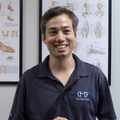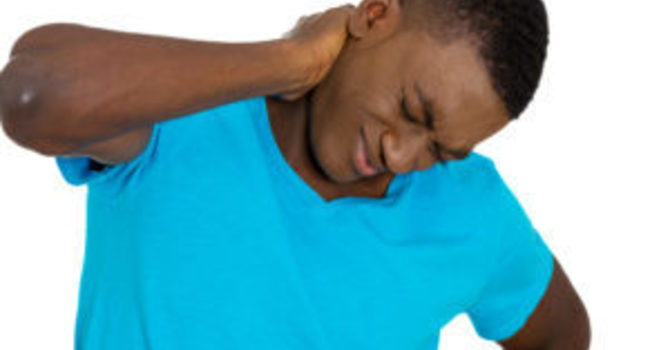
Introduction
The loss of mobility is an undeniable issue that we must deal with throughout our lives. Improved mobility and function improves your quality of life. This doesn’t just apply to golf, but to all aspects of living a healthy and active lifestyle. It would not be an exaggeration to say movement is life. So let’s look at the factors that impede movement and function of our bodies:
- Soft-tissue health and function (i.e. muscles, tendons, ligaments, fascia, and other connective tissues)
- Current or previous injury to a joint (acute and unresolved injury will create protective tension that will limit range of motion)
- Arthritic changes within a joint (decreased joint space do to arthritis will limit mobility)
- The shape of your joints (partly genetic and partly activity dependent during our developmental years)
- Post-surgical scar-tissue
A senior golfer will likely have some if not all of these factors at play. Loss of mobility in one joint can lead to overuse of another. Nowhere is this more apparent then in the golf swing. Two classic examples of how golfing with poor mobility and function are:
- Poor hip mobility and function hurts your knees, lower back, and mid back
- Poor shoulder mobility and function hurts your neck, elbows, and wrists
The term for this is pathomechanics. Which means that poor movement can further injure and degenerate the tissues and joints of your body.
Our thorough movement assessments help identify the cause of your mobility issues as well as separate what can be changed from what cannot. The vast majority of our patients experience significant improvements in mobility on their initial treatment visit.





